A vast Tudor house in Essex surrounded by a 600-year old moat, 46 acre grounds and steeped in fascinating history
Historic grandeur, luscious pastures and plenty of 21st century touches — including a fantastic outdoor pool — meet at Stanstead Hall in Greenstead Green, Essex. Carla Passino takes a look.
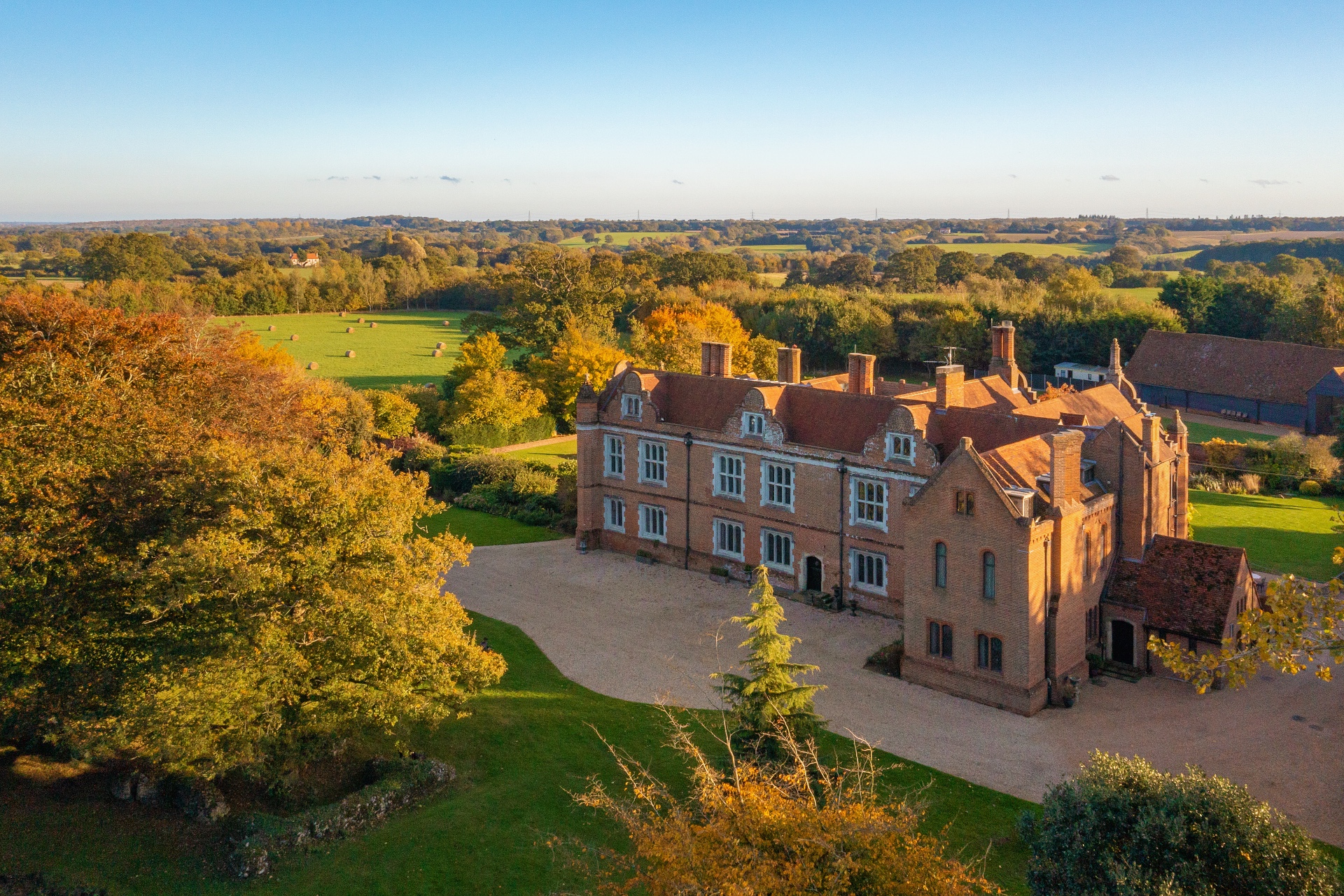

On a fateful day in February 1527, a fresh-faced, 13-year-old boy, William Parr, found himself in the chapel at Stanstead Hall, the seat of Henry, 2nd Earl of Essex, to tie the knot with the Earl’s daughter, 10-year-old Anne Bourchier.
It was the beginning of one of Tudor England’s most disastrous marriages (Anne left her husband in the 1540s), but also the foundation of Parr’s fortune and, with it, of the hall’s reinvention.
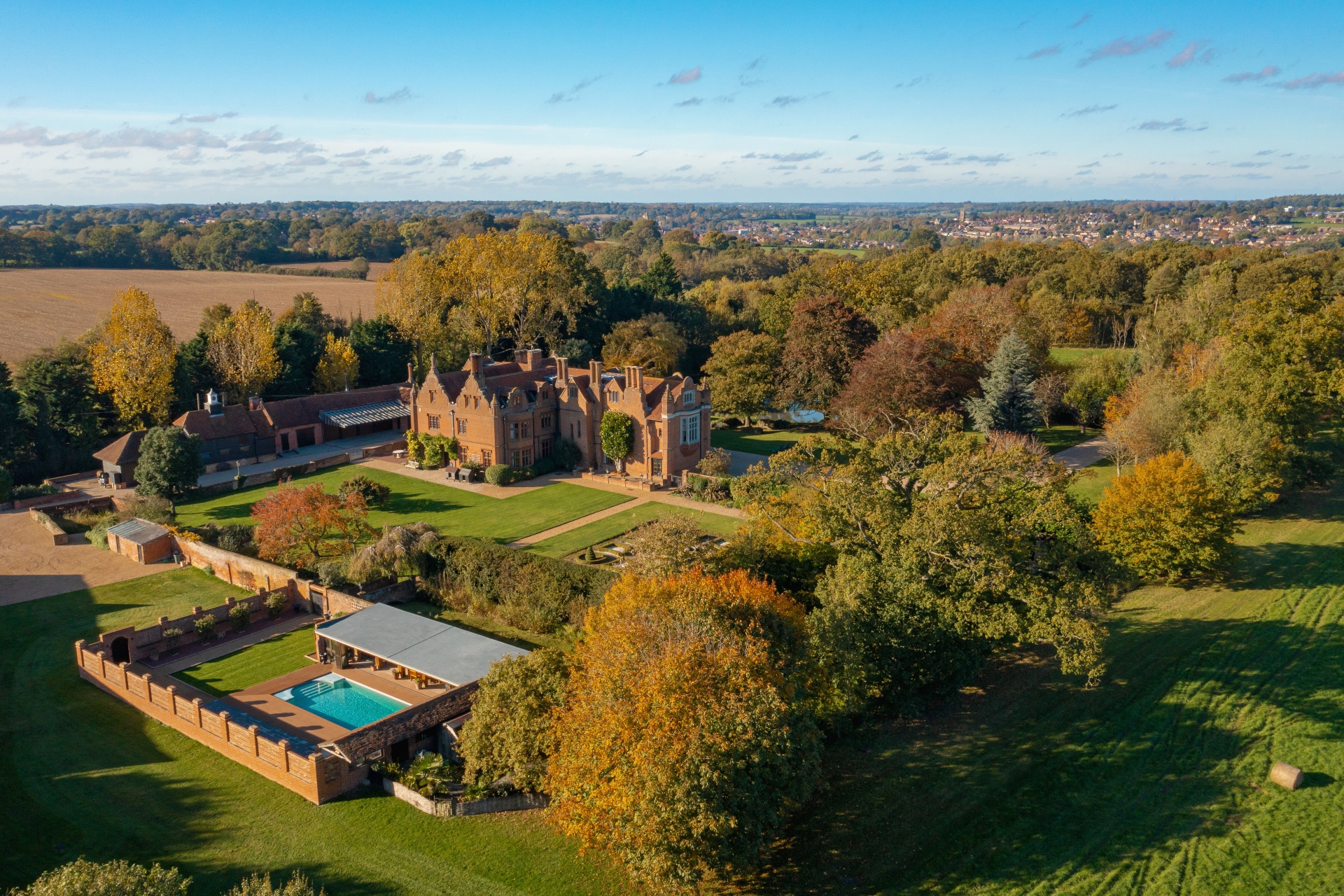
Sitting pretty at the centre of a moat-encircled island by Greenstead Green, in Essex, Grade II*-listed Stanstead Hall—for sale through Savills at a guide price of £6.5 million—stands on 46 acres of land that had once been held by Robert Malet, Chamberlain of England in 1092, who promptly lost it after he had the misguided idea of joining a conspiracy against Henry I.
The whims of kings and the vagaries of marriage and inheritance eventually saw the estate land in the hands of judge John de Bourchier.
His son, Robert, 1st Baron Bourchier, would become Lord Chancellor to Edward III and, having fought valiantly for the King, was allowed to crenellate the house in 1341, according to the 1875 Handbook for Essex, Suffolk, Norfolk, and Cambridgeshire. The moat was probably added under Sir Robert’s tenure, too, making it about 681 years old.
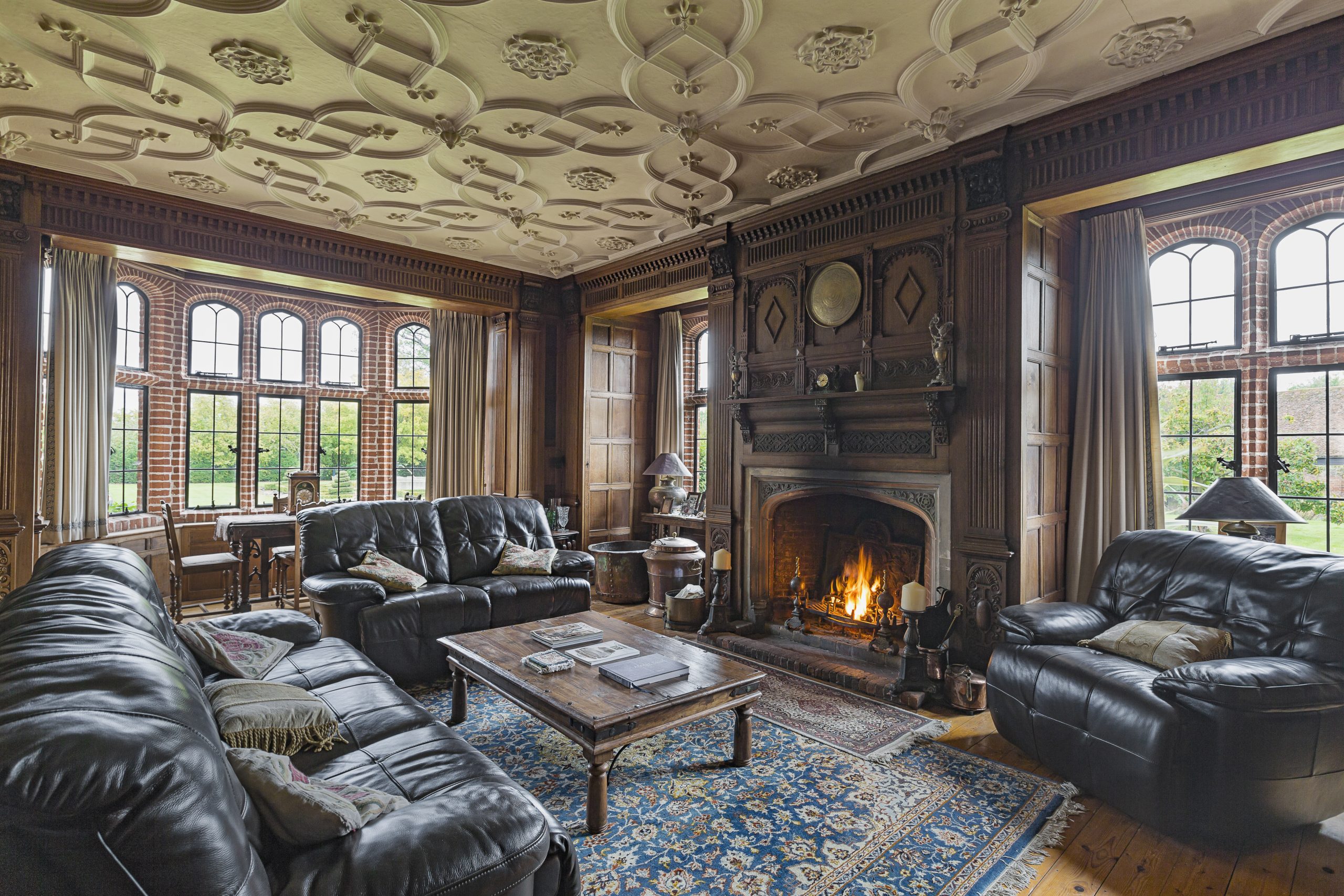
In a swift social rise, the Bourchiers progressed from barons to counts (William, Count of Eu) and earls (Henry, 1st Earl of Essex) with an Archbishop of Canterbury thrown in for good measure (Thomas Bourchier, who had the longest episcopate of his times, 51 years). Then came Anne and the miserable marriage.
The combination of medieval mores and her ‘guilt’—she ‘lived in adultery with a person named Huntley,’ according to Thomas Wright’s The History and Topography of the County of Essex—ensured that, when the couple split, the hall went to Parr.
Sign up for the Country Life Newsletter
Exquisite houses, the beauty of Nature, and how to get the most from your life, straight to your inbox.
With a sizeable estate under his belt and his sister Catherine on the throne of England, his fortunes were assured and looked set to improve even further when Edward VI, who called Parr his ‘honest uncle’, made him Marquess of Northampton.
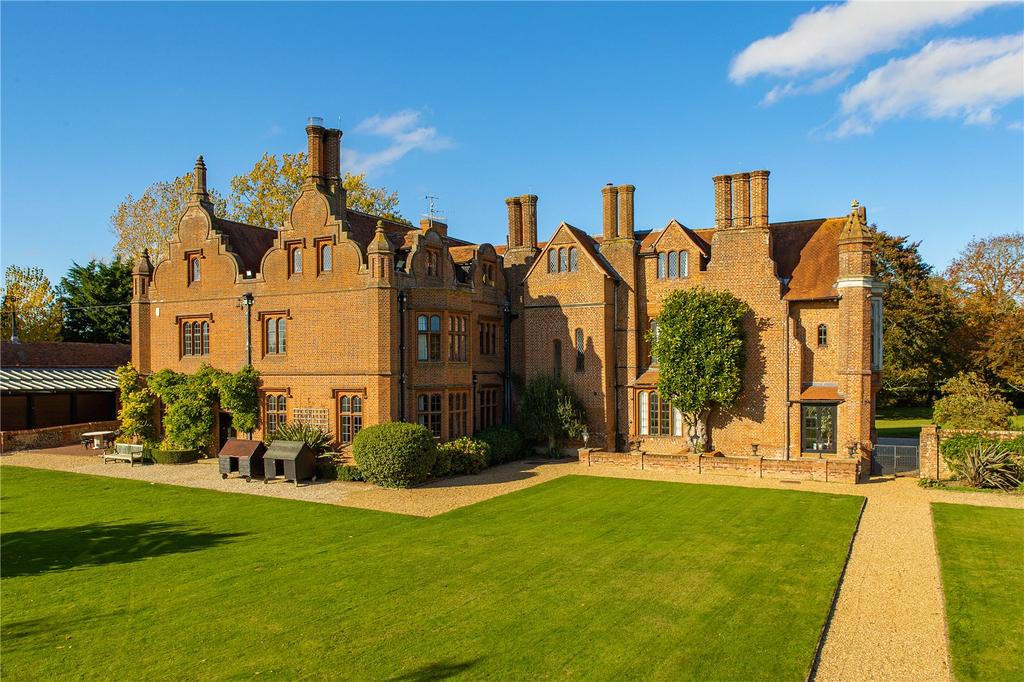
Like Robert Malet before him, however, Parr backed the wrong royal and lost his estate, his title and very nearly his head—after Edward’s death, he was one of Lady Jane Grey’s supporters and Mary Tudor didn’t take it well. Restored to his honours by Elizabeth I, he bought back Stanstead Hall, but must have decided he had had enough of it, because, according to some accounts, he sold it after only a few days to Sir William Waldegrave.
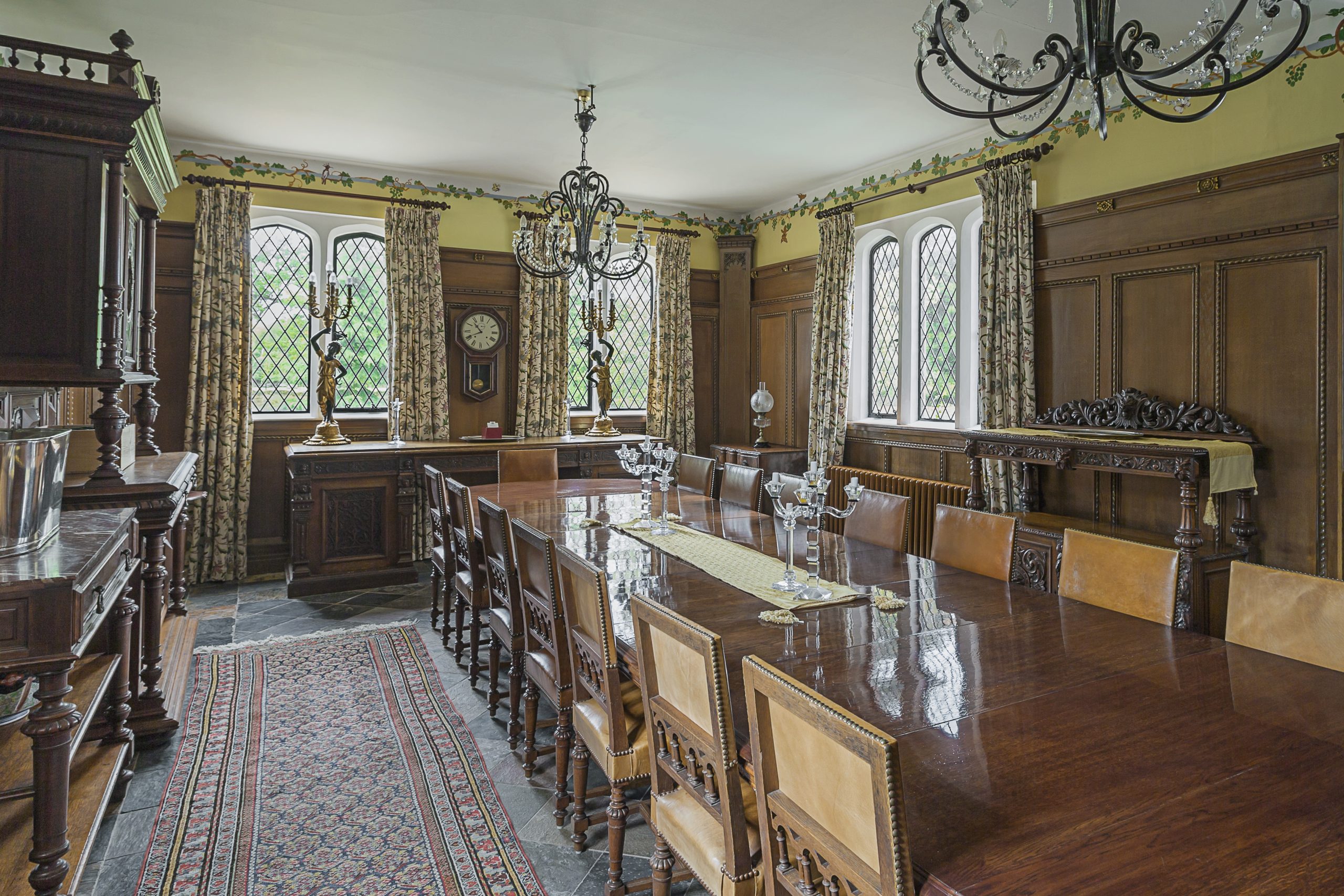
Nonetheless, during his time at the hall, Parr expanded and improved it, according to Susan James’s biography, Catherine Parr: Henry VIII’s Last Love. A 1553 account, related by Wright, describes the house as a quadrangular brick building of ‘great extent’, surrounded by a moat 44 poles in circumference and set in a 787-acre park with 1,000 deer and 3,620 oaks, ‘of a hundred years’ growth’.
Although Wright believed that little of Parr’s original home had survived, today’s hall still dates from the 16th century, it remains a building of great extent (10,900sq ft) and vestiges of its long past are visible in every nook, from the Tudor chamfers in the stair hall to the heavily panelled dining room, the intricately carved fireplace in one of the seven reception rooms and the ancient beams in some of the 12 bedrooms.
Even the 1913 and 1934 extensions are sympathetic to the period feel.
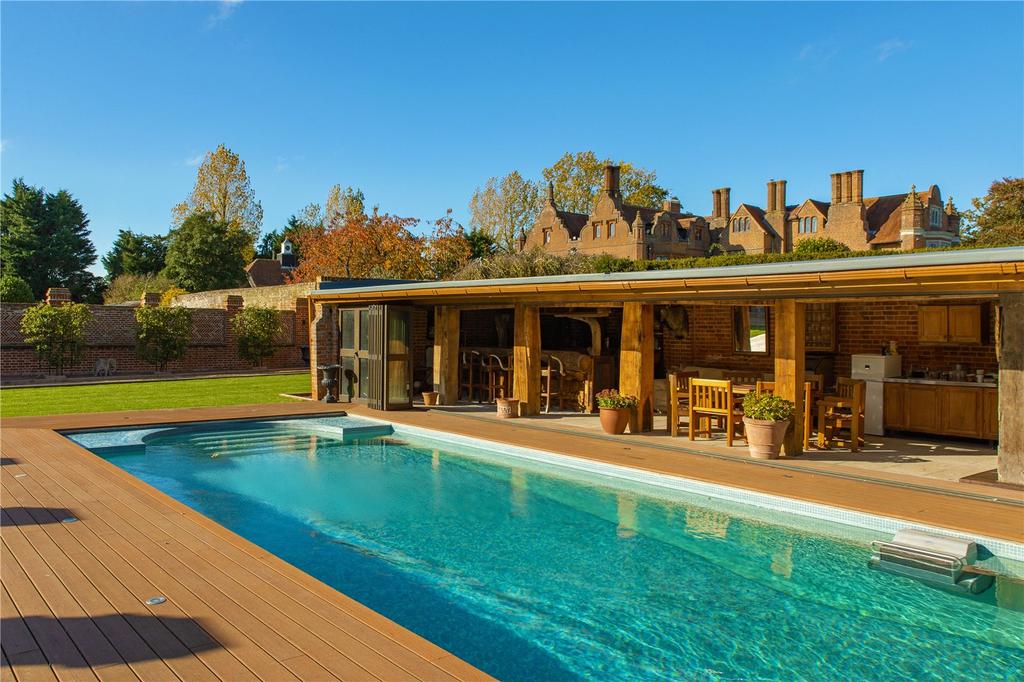
The first was built for textile baron Samuel Courtauld, founder of the Courtauld Institute, the second for his daughter Sydney and her husband, Tory minister Robert Austen Butler, later Lord Butler of Saffron Walden. Under their ownership, the house and grounds played host to many Tory grandees, not least Prime Minister Stanley Baldwin who, much to Lord Butler’s horror, was bitten by one of the family’s dogs.
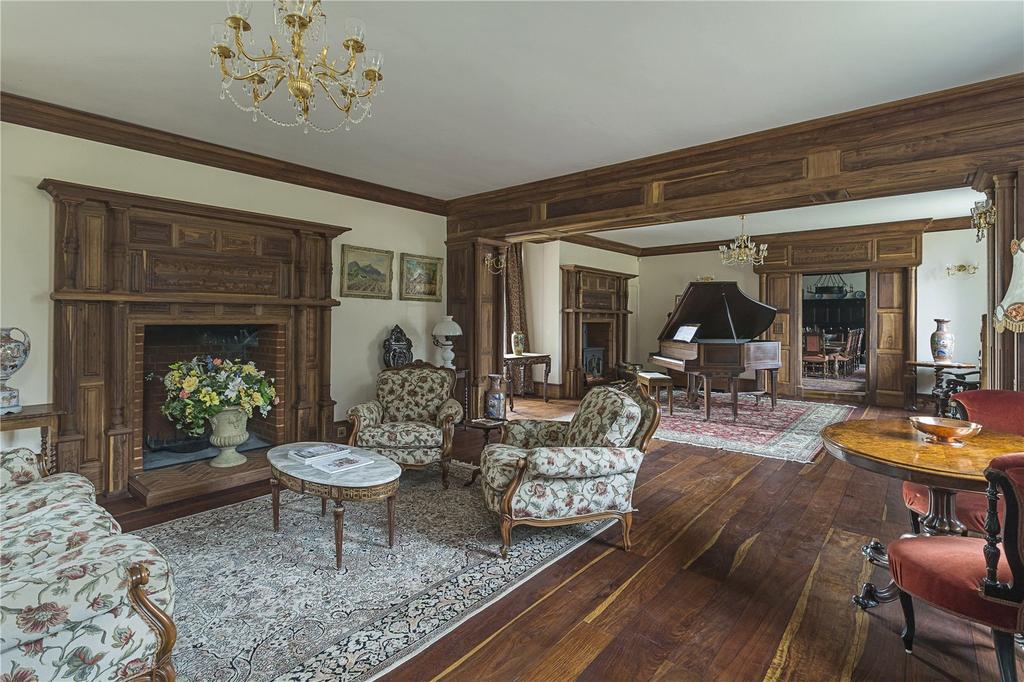
However, he didn’t take it personally—according to Butler’s biographer Michael Jago, he turned to the pooch and said: ‘I quite understand how you feel; I want to do that to every supplementary question in the House at this time of the year.’
Despite this august history, Stanstead Hall still feels very much a home. ‘All the reception rooms are grand enough to feel that you’re in a country house, but also comfortable enough that you could sit in and read a book, watch television or be with the family,’ says selling agent Tim Phillips of Savills. ‘There is a real balance.’
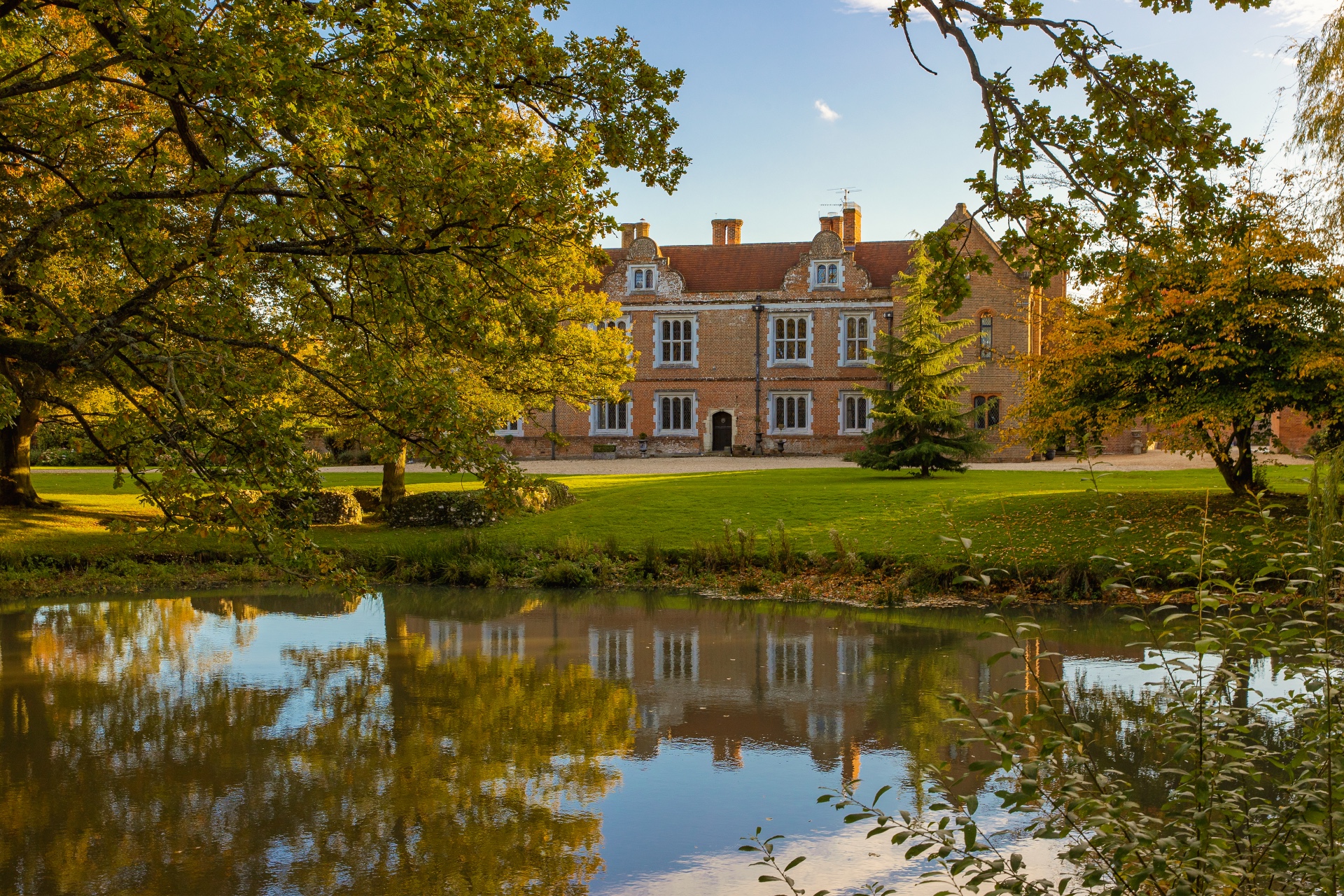
Stanstead Hall is currently on the market via Savills with a guide price of £6.5 million — see more pictures, or enquire with the agent for further details.
Greenstead Green: What you need to know
Location: 6 miles from Baintree, about 26 miles east of Bishop's Stortford and 18 miles north of Chelmsford.
Atmosphere: Greenstead Green Farm runs a successful boutique, gift shop and post office and Greenstead Green Barn Cafe also gets great reviews — especially their afternoon tea and scones.
Things to do: Plenty to do in the area, with golf courses, walks and larger towns to explore.
Schools: The Ramsey Academy, The Perse, Bishop's Stortford College and The Leys are all reputable local schools.
See more property for sale in the area.
Carla must be the only Italian that finds the English weather more congenial than her native country’s sunshine. An antique herself, she became Country Life’s Arts & Antiques editor in 2023 having previously covered, as a freelance journalist, heritage, conservation, history and property stories, for which she won a couple of awards. Her musical taste has never evolved past Puccini and she spends most of her time immersed in any century before the 20th.
-
 'To exist in this world relies on the hands of others': Roger Powell and modern British bookbinding
'To exist in this world relies on the hands of others': Roger Powell and modern British bookbindingAn exhibition on the legendary bookbinder Roger Powell reveals not only his great skill, but serves to reconnect us with the joy, power and importance of real craftsmanship.
By Hussein Kesvani Published
-
 Spam: The tinned meaty treat that brought a taste of the ‘hot-dog life of Hollywood’ to war-weary Britain
Spam: The tinned meaty treat that brought a taste of the ‘hot-dog life of Hollywood’ to war-weary BritainCourtesy of our ‘special relationship’ with the US, Spam was a culinary phenomenon, says Mary Greene. So much so that in 1944, London’s Simpson’s, renowned for its roast beef, was offering creamed Spam casserole instead.
By Country Life Last updated
-
 A mini estate in Kent that's so lovely it once featured in Simon Schama's 'History of Britain'
A mini estate in Kent that's so lovely it once featured in Simon Schama's 'History of Britain'The Paper Mill estate is a picture-postcard in the Garden of England.
By Penny Churchill Published
-
 Hidden excellence in a £7.5 million north London home
Hidden excellence in a £7.5 million north London homeBehind the traditional façades of Provost Road, you will find something very special.
By James Fisher Published
-
 Sip tea and laugh at your neighbours in this seaside Norfolk home with a watchtower
Sip tea and laugh at your neighbours in this seaside Norfolk home with a watchtowerOn Cliff Hill in Gorleston, one home is taller than all the others. It could be yours.
By James Fisher Published
-
 A Grecian masterpiece that might be one of the nation's finest homes comes up for sale in Kent
A Grecian masterpiece that might be one of the nation's finest homes comes up for sale in KentGrade I-listed Holwood House sits in 40 acres of private parkland just 15 miles from central London. It is spectacular.
By Penny Churchill Published
-
 Some of the finest landscapes in the North of England with a 12-bedroom home attached
Some of the finest landscapes in the North of England with a 12-bedroom home attachedUpper House in Derbyshire shows why the Kinder landscape was worth fighting for.
By James Fisher Published
-
 Could Gruber's Antiques from Paddington 2 be your new Notting Hill home?
Could Gruber's Antiques from Paddington 2 be your new Notting Hill home?It was the home of Mr Gruber and his antiques in the film, but in the real world, Alice's Antiques could be yours.
By James Fisher Published
-
 What should 1.5 million new homes look like?
What should 1.5 million new homes look like?The King's recent visit to Nansledan with the Prime Minister gives us a clue as to Labour's plans, but what are the benefits of traditional architecture? And can they solve a housing crisis?
By Lucy Denton Published
-
 Welcome to the modern party barn, where disco balls are 'non-negotiable'
Welcome to the modern party barn, where disco balls are 'non-negotiable'A party barn is the ultimate good-time utopia, devoid of the toil of a home gym or the practicalities of a home office. Modern efforts are a world away from the draughty, hay-bales-and-a-hi-fi set-up of yesteryear.
By Madeleine Silver Published
